Jamilah Pitts recently published her first book, Toward Liberation. The publication features practical information—charts, worksheets and more—to help educators and others engage in continued professional development while highlighting the importance of healing the many harms that inform current K-12 education. Pitts spent time with Learning for Justice to share her work and her hopes for the future. This interview is edited for length and clarity.
Q: Why write the book now?
I started as a high school English teacher in Boston. I had the opportunity, through my interest and my passion, to explore cultures throughout the world and the United States. I taught for some time in the Dominican Republic, engaged in research with educators throughout India and was able to teach in China. What is clear for me and flows throughout my work is the knowing and the truth that education can be used as a tool of liberation. The large thing I emphasize is that there are already some practices that we can use to center liberation. There is room and space and creativity within our existing field and practice to center liberation.
This can take place inside the classroom by asking critical questions that allow students to raise their consciousness about the world. Inquiry is a powerful tool that allows students to understand and discuss and take action against the various harms that surround them. Another way is engaging students in big ideas or enduring understandings and drawing connections on how to take action toward solving social injustices without sacrificing what you have to teach by using essential questions that point toward liberation. Liberatory teaching can also be achieved through thoughtful, intentional and conscious text selection. We must be mindful and critical of what we place in front of students. We can use different forms of media and integrate the arts to further draw upon liberatory practices.
Outside of the classroom this can be accomplished through professional development that centers intersectional justice, antiracism, culturally responsive teaching, healing and wellness, and making sure this is done in a way that is sustainable. This means understanding that schools often operate and perpetuate grind culture and doing our part to interrupt it. Rest and self-care are powerful tools and practices educators can use. Having access to therapy and care, feeding educators and paying them what they are worth are all ways to center liberation in education. Liberatory education is ultimately more humanistic this way.
Liberatory education also requires an understanding of the ways that education—historically, presently—has also been used as a tool to oppress, to uphold ways of being, or systems of being and operating, that harm people, particularly Black communities, but also communities relegated to the margins across the globe.
I wanted to write a text that educators, particularly teachers—though not just classroom teachers—could feel like they were picking up a resource they would be able to use and implement. I think about anti-racism and social justice, particularly in schools and in educational spaces, [and it’s about] a practice of care. It is a practice of love. I wanted to make both the how and the why of love and liberation really clear for educators.
I wanted to highlight the work and the impact of Black women in movements of resistance, both presently and historically. I wanted to highlight that as a kind of guiding light, as a North Star. That was important to do, but I wanted it to feel accessible, really tangible. I wanted educators to understand that healing and self-care are a part of what it means to center liberation, because often that’s not part of the conversation.
Q: What does it mean to center liberation in education? What might that look like?
I think about love in action. I think about love being fluid and reverberating in a way that feels tangible, in a way that feels radical—I don’t mean in the sense of to create a lot of the fear that [comes up] when we hear conversations around practices that are radical right now. I chose specifically the word liberation because it requires us to get in this place where we think about what is blocking us from freedom. What is keeping us from freedom?
It requires that we have conversations about harm. It requires us to have conversations around who is not liberated, who is not free, and why not.
When I think about liberation being actualized, I think about teachers approaching this practice in a way that you would approach both an art form and a science. I think about Cornel West’s quote, “Justice is what love looks like in public.” Liberation actualized in educational spaces is love. Love in a way that is not this overly kind of feel-good way that moves us to be passive, but that causes us to show up to do work even when it’s hard and difficult because we know our young people, we know our children, and ultimately humanity desires and deserves us to show up and engage in that way.
Figure 5.1 Love in Teaching*
*Reprinted with permission from the author.
Let’s talk about healing. You write that we must consider all the ways people of the global majority—especially Black women—are harmed due to multiple and intersecting forms of oppression. And you point out that this requires an intersectional justice lens. How do we engage in healing that addresses those intersections?
Part of that is starting with the harm. And for me, lifting up intersectionality and defining intersectionality is a powerful place to start. It’s a way to help us think about the ways that some of us, certainly myself as a Black woman, but those of us whose identity, or aspects of our identity, cause us to experience multiple forms of oppression simultaneously. I’m thinking about those of us who might live at the intersections of various forms of harm. I point to Black women and girls in this chapter on healing specifically because while talking about anti-racism is incredibly important, it is also necessary to consider and acknowledge the ways that sexism and patriarchy are also uniquely harmful.
I encourage us to open up this dialogue and have the conversations that pare down what intersectionality means. Because we are just talking about race and how racism harms, but we’re not talking about patriarchy. We’re not talking about sexism. We’re not talking about transphobia. We ultimately don’t get to this place of liberation without centering intersectionality. We can have those critical conversations with students across all grade levels in a variety of ways and in ways that are developmentally appropriate. This might include using identity maps and exploring parts of who we are with younger students and building on this awareness in a way that feels critical, beautiful and also that develops deeper awareness as students become older.
Liberatory education also requires making sure that folks are able to thrive mentally, emotionally, physically and socially in spaces where they are being educated, and making sure that we’re centering love throughout our practices. But it’s difficult to get there if we don’t recognize what the harm looks like and the severity of the harm.
A part of understanding how human beings are harmed is opening up the conversation with students to think about how we do what is just in ways that are holistic. Intersectionality helps us do that through different lenses. People need frameworks that are almost like magnifying glasses. As educators we can read queer, feminist and other forms of literary theories to open up our minds and expand our consciousness, for example, to help students think about experiences different from their own.
We can ask our students questions about whose stories we don’t see and what we don’t talk about. We need to help students know how to ask questions about whose stories and experiences are not reflected in the text or the learning. And it’s important to diversify readings and images, and to uplift diverse histories and experiences—women’s history, Black history, Latine heritage, AAPI cultures and histories—outside of those designated months. It’s important to learn about the fullness of humanity year-round.
A part of how we heal is understanding that ‘Hey, people are hurting,’ and how are people hurting? Intersectionality helps us start with that, the how and the various ways that people might be hurting. And it is done so in a way that doesn’t allow us to focus just on systems. What I talk about in the book—it’s people who have created these systems, it is people who uphold these systems, and it is people who perpetuate these systems. It’s people. All of us are a part of this undoing and this healing.
Figure 1.2 Self-Reflection for Teachers *
*Reprinted with permission from the author.
Q: Do you have any last thoughts to share?
I hope one day we will evolve to a place in our humanity where we actually won't need this book anymore. I hope we evolve enough as humanity where people look back and say, “Why did they need that? Why did they need such a book?” But understanding that even though this is hard, even though this is difficult, to come back to the grounding that everything that I’m talking about, that I’m uplifting—even if it lands and it hurts—this really is about love. And the goal is love, and the heart is love and the reason is love.
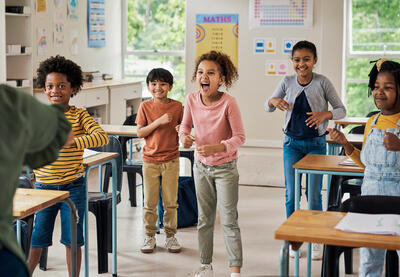
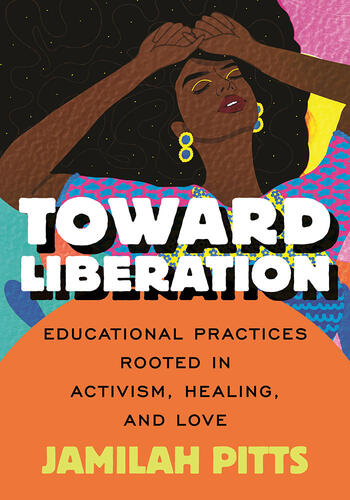
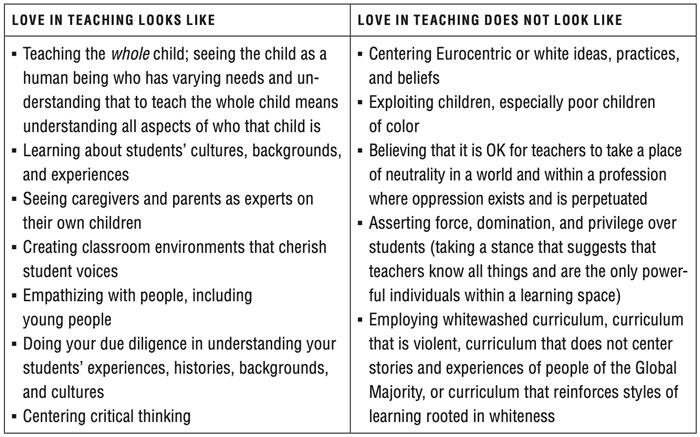
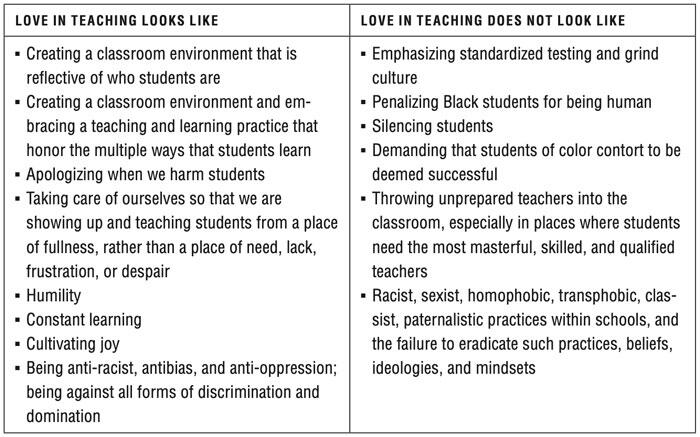
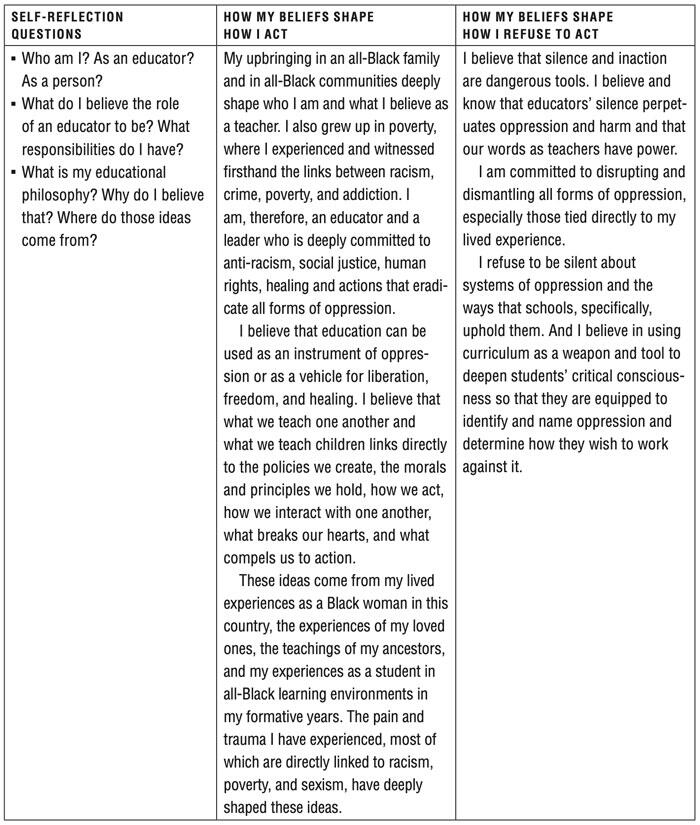
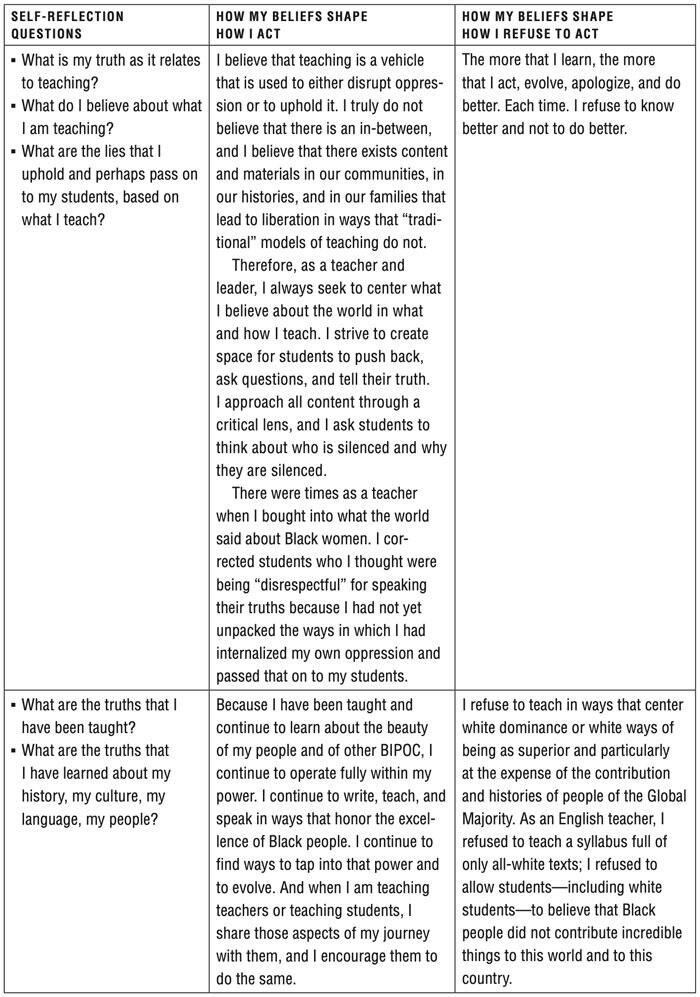
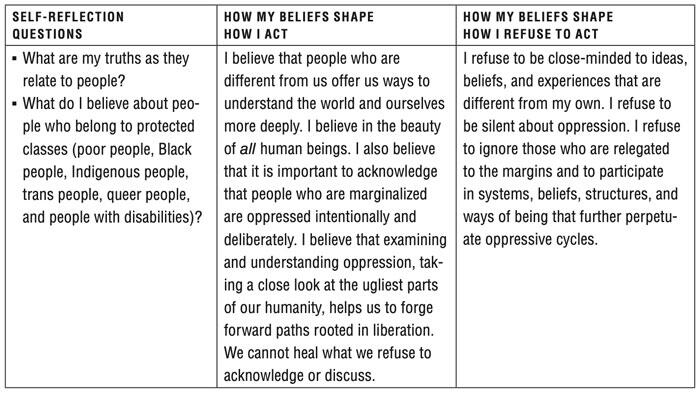

0 COMMENTS